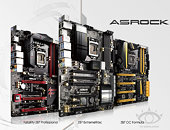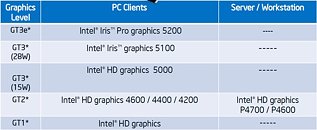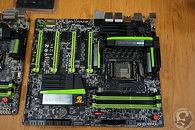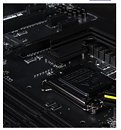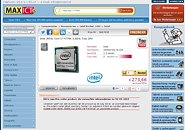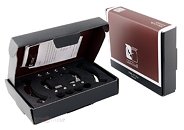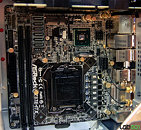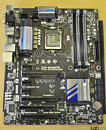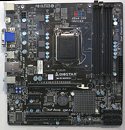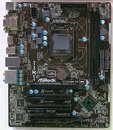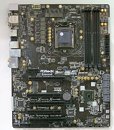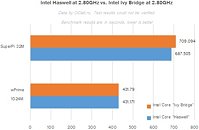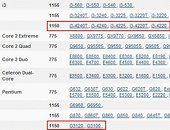
Next-Gen ASRock Motherboards Waterproof
Among the pile of new features motherboard makers are coming up with, for their next-generation socket LGA1150 motherboards, this one from ASRock is bound to stand out. Select ASRock 8-series motherboards will feature water-proofing. Why do you need it? Because the enthusiast crowd likes to use water-cooling, and custom-built water-cooling loops are prone to leaks and spills, if not done right. Water-proofing ensures the board is more resilient to coolant spills. ASRock doesn't guarantee protection from all kinds of liquid coolants, but at least it's a step in the right direction. Other innovations by ASRock include enhanced onboard audio, HDMI in (for video recording), 802.11 ac WLAN, and HomeCloud software.

